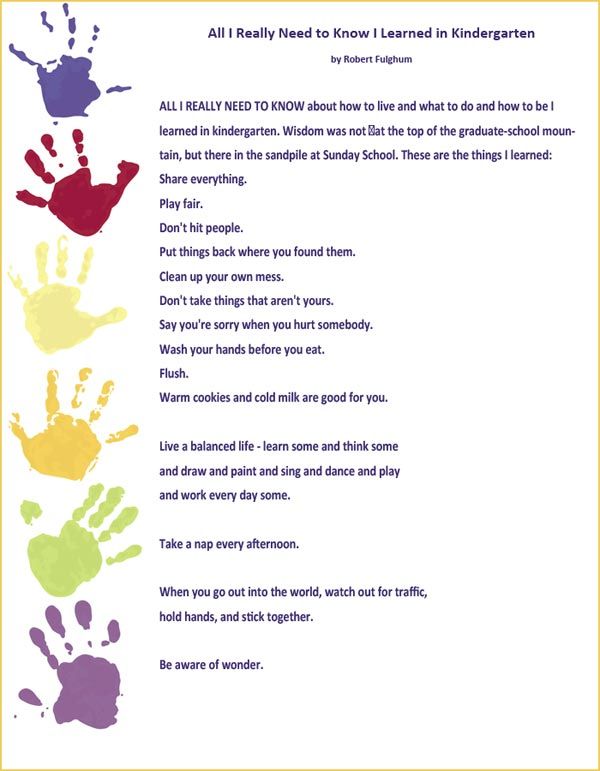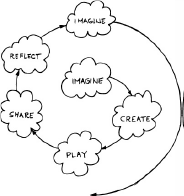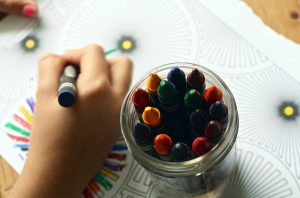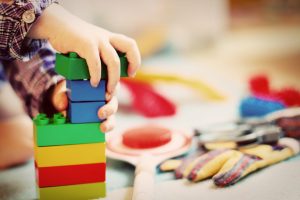
They say, everything you need to know, you learned in kindergarten. It’s simple really, be decent, thoughtful humans.

What blows my mind is the fact that we don’t implement more “kindergarten” in everyday life. Think back to when you were 5 (ish), and how amazing it was to be in kindergarten. Almost everything was new, there was a deep desire to learn and grow, and fun could be found in the simplest tasks. Yet as we grow, both society and the educational system asks us to change, to follow rules, to sit still, to absorb information from the world without really interacting with it.
Then for some bizarre reason we expected students and young people to be creative and innovative thinkers. To connect with materials, deeper their understanding and take ownership of their own learning. Even though for 12 years of their life they have been taught to sit at a desk, listen to instruction, fill in a worksheet, and regurgitate meaningless facts on the test.
[This is not meant to insult any educators but is more to address a failing educational system where many great and amazing teachers are trying to make a difference. I recognize and appreciate the enormous amounts of effort teachers put into every lesson.]
So, how can we radically change our classrooms (K-12) to incorporate creative thinking, problem solving and engagement in learning? LET’S GO BACK TO KINDERGARTEN!!

“The kindergarten approach to learning” (Resnick, pp. 2, 2007)

Kindergarten uses play as a learning tool and allows students to create and develop in areas of interest. Does this mean we pull out the crayons and play dough in high school? Absolutely not, we as teachers need to use age appropriate technologies to incorporate play, inquiry and exploration into every grade level.
Can this change happen overnight? NO, this shift in how we engage students in the classroom will take time. At some points it may even feel like we (as teachers) are fighting an uphill battle to change a factory like education system. BUT this doesn’t mean we can’t take small steps towards a larger goal. In order for students to become creative thinkers, we as educators “need to provide them with more opportunities to create.” (Resnick, pp. 3, 2007)

There is a huge difference between being a PASSIVE RECIPIENT OF KNOWLEDGE and an ACTIVE PARTICIPANT IN LEARNING. The key is shifting from interacting with materials to creating and designing. There are many opportunities to encourage creativity and innovation, especially with the increased access to various digital tools. A quick internet search for ‘tools to develop creative thinking’ will bring up a number of sources and activities to try with students. However, I believe the most important take away is that educators recognize the value of kindergarten like education for students in every grade. And then, take steps towards integrating play, inquiry, exploration, and creation in the classroom.
Images retrieved from the public domain Pixabay
References:
I fully agree with your observation that the past/current education system caused creativity and general interest in learning to become non-existent in students. I think one of the reasons was that teachers were trying to prep students for standardized tests; creativity and innovation were not ‘important’.
I really love the way you use visuals in your blog posts – something I need to work on!